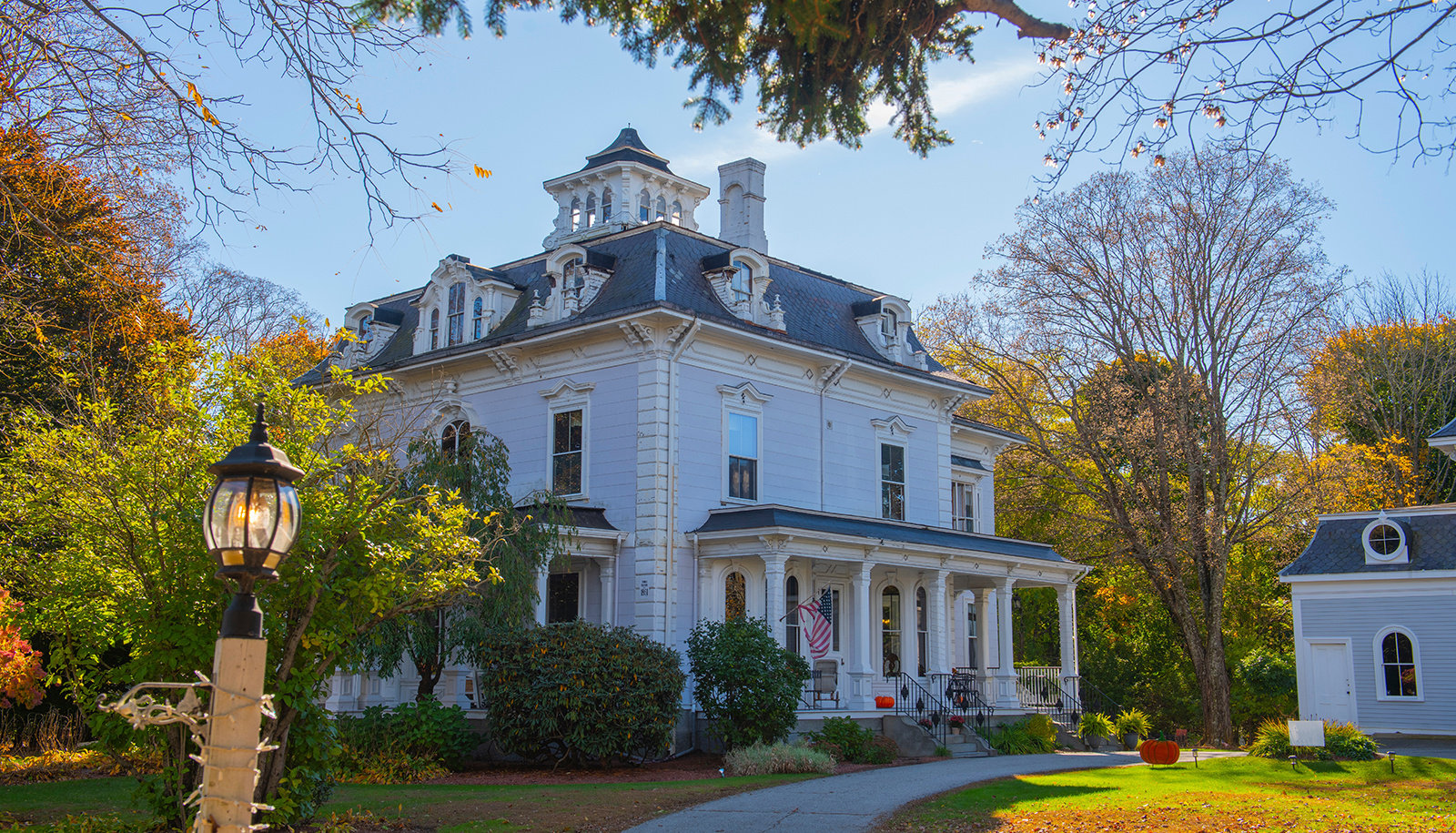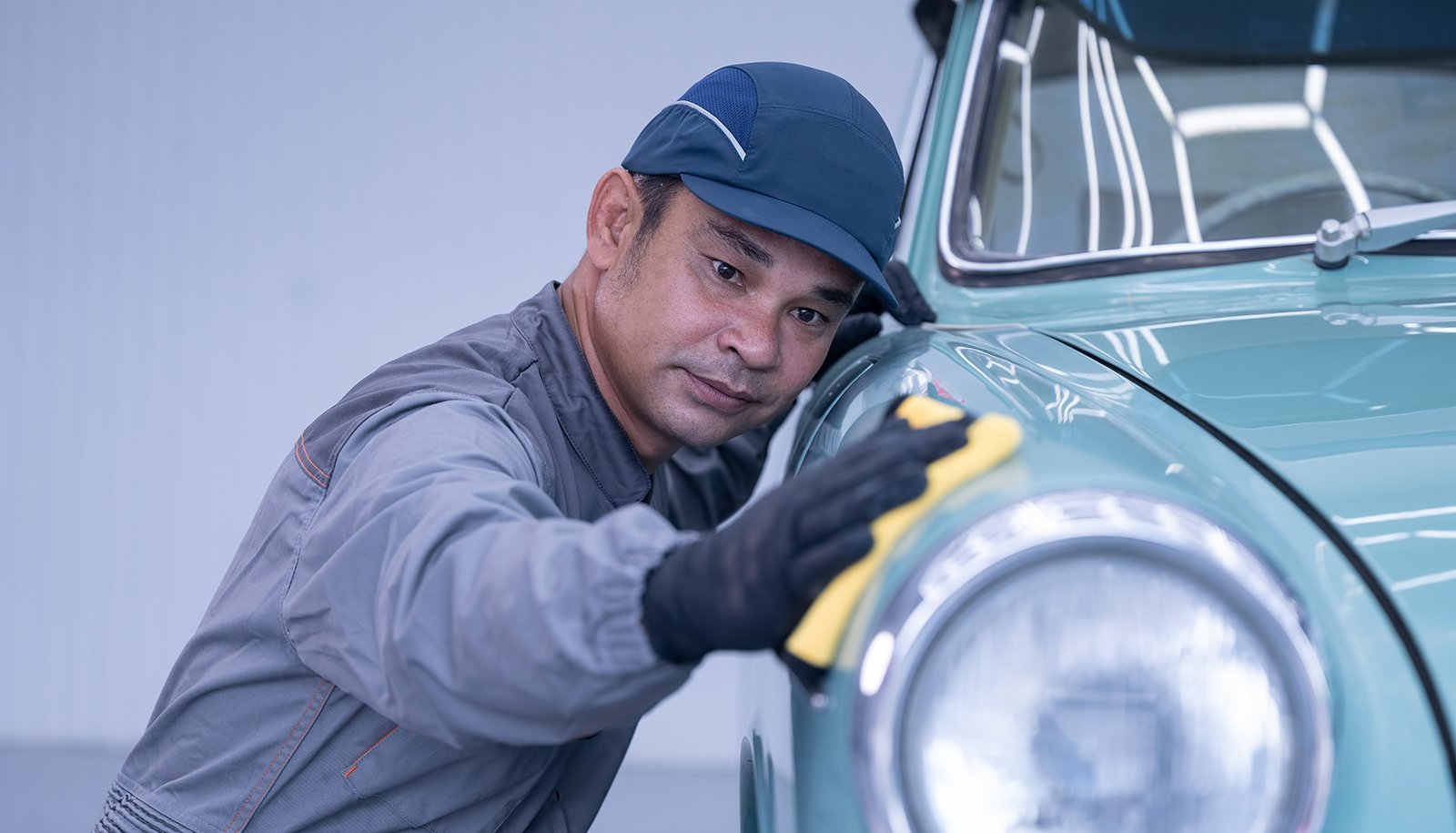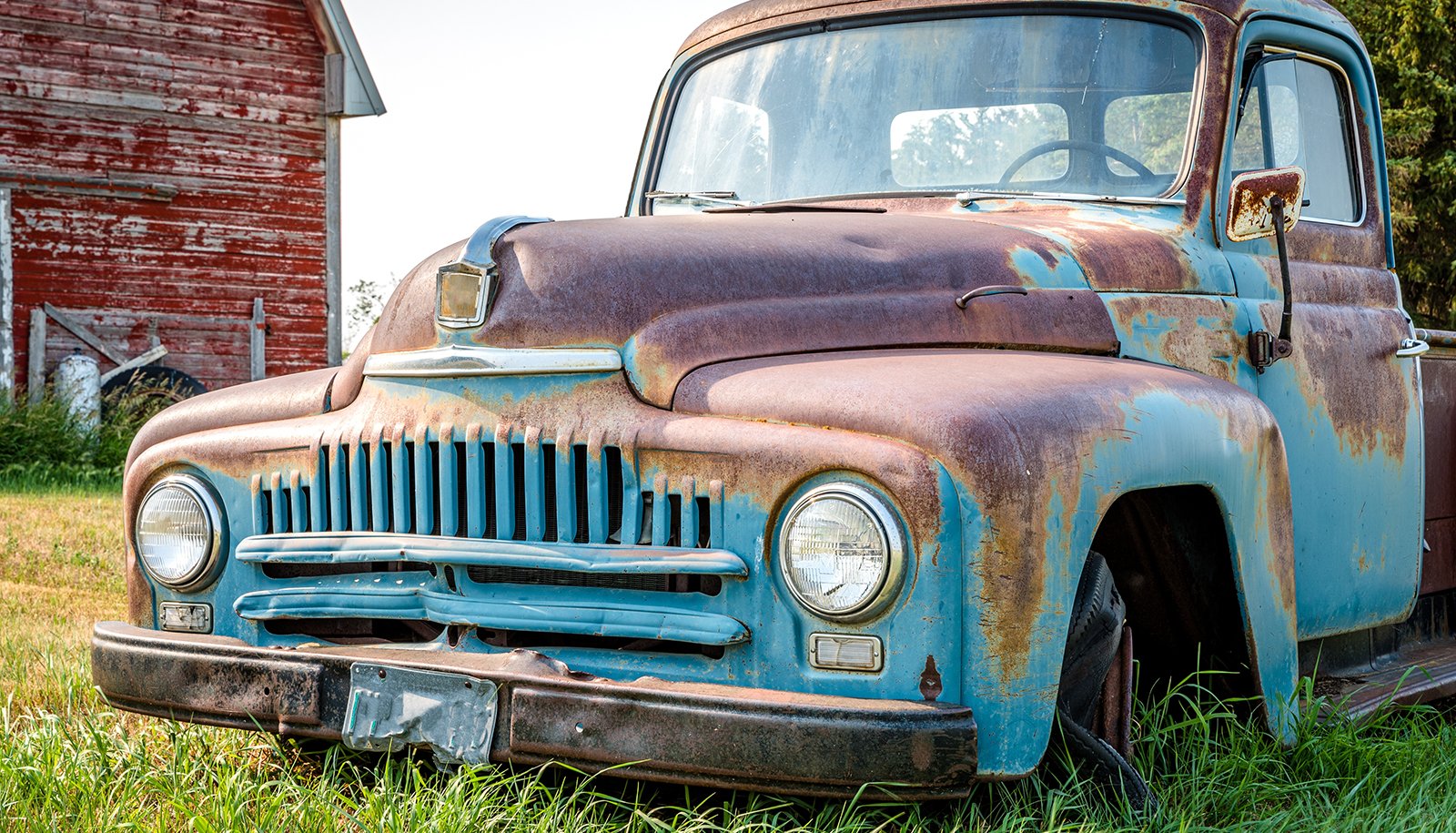Owning a historic or older home is like holding a piece of the past in your hands. These homes, with their unique architecture and storied walls, offer charm and character that newer constructions often cannot match.
However, with their aging beauty comes a set of unique challenges, especially when it comes to homeowners insurance. At SimplyIOA, we understand the importance of safeguarding such treasures, ensuring you're well informed about the nuances of insuring a historic or older home.
WHAT’S THE VALUE & RISKS OF OLDER HOMES?
Historic Significance & Market Value of Older Homes
Historic homes aren't just valuable for their monetary worth; they carry historical significance that can greatly influence their market value. That’s why it's crucial to understand the difference between the market value of your home and the cost to replace it.
Market value considers the location and demand, while replacement cost focuses on what it would take to restore your home to its original condition, often using specific materials and techniques.
Common Risks & Challenges with Older Homes
Older homes come with their own set of vulnerabilities. Structures may have weakened over time, and systems like plumbing, electrical, or heating could be outdated, posing potential safety hazards. Additionally, due to their age and construction methods, these homes might be at a higher risk of damage from natural disasters. Understanding these risks is the first step in securing adequate coverage.
TYPES OF INSURANCE COVERAGE AVAILABLE
Standard Homeowners Insurance
While standard homeowners insurance provides basic protection, it may not cover all the unique needs of older homes. It's essential to understand the limitations of such policies and look for additional coverages that might be necessary.
Specialized Historic Home Insurance
Specialized insurance policies cater specifically to the needs of historic properties. These policies often cover restoration costs and ensure that repairs maintain the historical integrity of the home by matching materials and craftsmanship.
Endorsements & Riders
To enhance your basic coverage, consider endorsements or riders. These additional coverages can provide protection against specific risks, such as floods or earthquakes, which might not be included in standard policies.
TIPS FOR CHOOSING THE RIGHT POLICY
1. Assess Your Home’s Specific Needs
Before selecting a policy, conduct a thorough home inspection. This assessment will highlight specific areas that require attention and help you determine the appropriate coverage levels. Consult with restoration experts to ensure your home is accurately valued.
2. Compare Insurance Providers
When shopping for insurance, compare multiple providers. Look for those with experience in insuring historic homes, as they are more likely to offer tailored advice and solutions that fit your needs.
3. Understand Policy Terms & Conditions
Carefully review the terms and conditions of any policy. Clarify any coverage limits and exclusions to ensure you have sufficient protection for your home's unique architectural features.
COMMON PITFALLS TO AVOID WITH OLDER HOMES
Underinsurance Risks
Underestimating restoration costs is a common and costly mistake for owners of historic or older homes. These costs are often underestimated because of the specialized craftsmanship and materials required to restore a home to its original grandeur.
Unlike modern homes, historic properties might require custom woodwork, antique fixtures, or specialty masonry, which are hard to source and expensive. To accurately assess restoration costs, homeowners should consider hiring a professional appraiser with expertise in historic properties.
Regular consultations with restoration experts can provide a realistic estimate of potential costs, helping you ensure that your insurance coverage is sufficient. Moreover, it’s wise to periodically review and update your policy to account for inflation, market changes, and any renovations undertaken.
Ignoring Code Compliance
Older homes often have to be upgraded to meet current building codes – a factor many homeowners overlook until it’s too late. Necessary upgrades might include updating electrical wiring to prevent fire hazards, installing modern plumbing systems to avoid leaks, and reinforcing structural elements to withstand environmental stresses. Insufficient consideration of these requirements can lead to unexpected expenses during repairs.
Adjusting your insurance policy to include coverage for these potential upgrades is also essential. You might need an ordinance or law endorsement, which covers the increased costs associated with compliance. This additional protection ensures that you’re not left with out-of-pocket expenses when bringing your beloved home up to modern safety standards.
Insuring a historic or older home requires more than a one-size-fits-all approach. Tailored insurance solutions are essential to protect not just your investment but the history and character your home represents.
At SimplyIOA, we're committed to providing expert guidance and personalized insurance solutions. Our experienced agents are ready to help you navigate the complexities of insuring your historic home, ensuring you're covered with confidence and ease.
So, if you need help finding the best homeowners insurance coverage for the best price, start by speaking to a SimplyIOA agent at 833.872.4467 or get a homeowners insurance quote online now.










